|
THE 2023 THINKING THROUGH DRAWING SYMPOSIUM
DRAWING GROUND DRAWING PRACTICES TO SUPPORT EARTH Friday 29th September - Sunday 1st October 2023 PLEASE KEEP THESE DATES FREE - tickets available soon THE CALL FOR TTD 2023: We invite workshop and presentation proposals that engage drawing as fertile ground for research, reflection and advocacy for the environment. We encourage creative interpretations and approaches. All submissions welcome and will be considered. Are you interested in running a live drawing workshop in your locality? Do you want to record a drawing workshop that you or another person runs? Do you have a Drawer you would like to interview? Do you want to make a presentation - research paper or other? Sticking with our successful hybrid model, the symposium will encompass local in-person workshops, as well as online workshops, presentations, and discussion forums. In-person workshops will be streamed live when possible, and recorded. We look forward to hearing from you! The TtD Board thinkingthroughdrawing.org Thinking through Drawing has consistently produced, published, and presented original drawing research and curriculum. It has hosted various courses and workshops as well as six international symposia, in collaboration with Columbia University, University of the Arts London, Indiana University Southeast, SUNY New Paltz, Loughborough University and the Metropolitan Museum of Art, New York
1 Comment
Unlocking - Rethinking through Drawing
Saturday 23rd October 2021 The 2021 Thinking through Drawing symposium hashtags: #ttd #unlock #rethink #draw Live drawing events during the week 18-23 October, building to online symposium on Saturday 23rd October 2021 In a spirit of hope and regeneration, we are excited to explore the theme of Unlocking at our annual TtD symposium. Do you like comics, but get bored of superheroes in spandex, and impossible women with flowing hair and heaving breasts?
Have you ever wondered what our lives would look like through the eyes of an oversized toy meerkat? Ever wondered what doggie heaven is like? Would you like to have a go at chronicling your own life in comic form, but not sure where to start? Then this workshop is for you! Come along to hear about the adventures of Desmond, and other comics made by ladies, and have a go at drawing your own. It’s easier than you think! No experience necessary. Book here Insta: #desmondthemeerkat Here are our 'drawings to learn' about bark, made during Amber Tree project at Mapspace NY 2019. You can see how the concertina bark opens up as the tree grows. At the end are some photos of other types of bark - more on those soon. Angie Brew
We’re challenging ourselves to bring you interesting TtD content every day —highlights from our archives, new livestreams, contributions from our faculty, guest teacher workshops, drawing chats and more. We hope you like it. Please let us know anything you would like, and anything you want to offer to Platform Draw. We will start some new drawing circles too. Sign up here if you would like to draw with others around the world, or locally. Hornbeam - with distinctive diamond shape pattern of bark. How does bark cope with growth of the trunk?
Bark is like our skin, expanding as we grow. Each year a new ring of wood (xylem) is laid down within the trunk and each of the branches. This carries water to all parts of the tree. As a result, the tree's girth increases. The outer layer of bark must therefore expand. The type of bark varies between species. They have interesting different ways of expanding. Hornbeam is among the species who have bark that concertinas out as the tree grows - like the wrapping sleeves for fruit, with interlocking diamonds. More info soon! I will post some drawings of the different types of bark and how they accommodate growth. Angie Brew: I am stuck at home in Watford, England. Anyone want to follow my daily dawn walks? I will share videos of bird song, and images of trees. And drawings of trees and birds. Here is 1) dawn photo, Watford 2) An elm with a hole in the trunk 3) and 4) Hornbeam sapling. These are my favourite trees. You can identify them by the jerky angular way the branches grow. Their leaves, just budding now, are similar to Beech. Mature trees have distinctive bark, quite dark, smooth with diamond-like pattern. I will send an image tomorrow. 5) a short video of a Nuthatch singing. You can't see the Nuthatch, but you can learn its song. More birds coming soon! TtD members and Directors will also be sharing drawings and images in our Facebook group. The Fine Arts program at IU Southeast requests submissions for the Visual Thinking exhibition. This juried exhibition will feature works that explore the many ways that drawing can be used as a tool for thought. Drawing provides an efficient strategy for both conceiving ideas and conveying them. This exhibition will highlight drawing’s versatility and usefulness in both cognitive and creative process. Preparatory drawings, process drawings and finished works will all be considered for inclusion in this exhibition.
Accepted work will be exhibited in the Ronald Barr Gallery at Indiana University Southeast, August 28, 2019 through-September 26, 2019. This exhibition will be juried by the board of the Thinking Through Drawing Research Network, All accepted artists will be featured in an exhibition catalogue, to be available online. Apply to the call 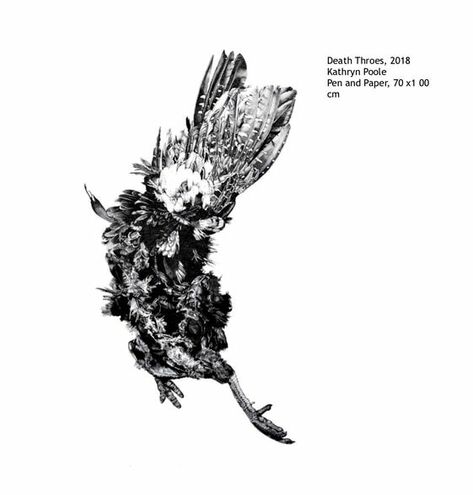 Kathryn Poole’s drawing “Death Throes” (pictured below) was selected from a submission pool of 1300 entries for the 2018 Jackson’s Emerging Artist Prize for Drawing and Painting. On Friday, January 18th 2019, Thinking Through Drawing board member, Emily Sheehan, had an opportunity to talk with Kathryn Poole about her award-winning drawing, her drawing practice, and her creative process. Emily: Thinking Through Drawing is an interdisciplinary research network that connects people who are interested in the process and practice of drawing and the ways that drawing both reflects and facilitates thought and perception. With that in mind, Kathryn would you share a bit about your history with drawing? Have you always drawn? Why you do it? What do you think drawing is good for? Kathryn Poole: I've always drawn. I’ve always doodled in notebooks instead of doing homework or classwork in school. I’ve always responded better to learning when I’m either physically interacting with something or actually drawing down diagrams. At school, we had a very traditional Art Education; so we just basically only drew fruit or cake. It was very observationally focused. I still don’t really draw from my imagination. I always draw from something in front of me. I like responding to my environment through drawing. I've actually found that as I draw more and more birds, it's a really good way for me to become a bird watcher. I can identify birds after I have drawn them, but I'm terrible otherwise . . . my memory . . . shocking. Emily: Your drawing that was awarded the Jackson’s Emerging Artist Prize, which you titled “Death Throes”, is an exquisitely detailed ink drawing of a dead bird set by itself on a pristine white paper. It’s striking a single image, but something that is really interesting about this drawing is that it is part of a much larger body of work and project . Would you talk about your Bypass Wild Life Archive? Where did it start? What did it entail? Kathryn Poole: Bypass Wildlife started during my commute to my work and to my Master's Course. So, four days each week, I’m making the same 20-mile commute by bus, there and back. And it's a really interesting commute. I live just in the suburbs of Liverpool, (I suppose that you could think of it as a northern outcrop of Liverpool) but I work in Preston. Because Liverpool is situated in a basin in between hills, you've got this moment where everything is flat and farm for days between these two suburbs. So, you find this really beautiful wildlife area. I'd be staring out the window, looking at kestrels and pigeons in the trees but my eye also would get caught each time I noticed a dead bird or dead rat on the road. One day I saw a dead, what I thought was, a Falcon. It was enormous and it was dead on the pavement and its wing was flapping in the wind as the traffic was going past. So, I just got off the bus and videoed it and took photos and I also did a couple sketches and went home and researched it a bit and realized that it was a Tawny Owl and it was huge. The first thing I made was a hand drawn animation from the video that I had taken of the owl’s wing flapping, because it looked like it was flying. It was really surreal, like a really macabre situation to be in, but it sparked a connection for me. That first encounter and animation spiraled into me walking at least 10 miles of my 20-mile commute. I’d photograph each dead animal that I saw along the way. And I'd make this same walk on a weekly basis, so I’d revisit the sites of the animals that I had found and I would chart their decomposition. Sometimes they'd sort of laminate to the tarmac when they get run over; so much it is really horrific. The death throes piece is one of a series of images of dead pheasants that I found on this walk. I was stunned at the fact that these birds that I found were in such interesting poses. They often looked like they were leaping through the air. It was really beautiful and sad at the same time. I think that’s what all of my drawings are about. They’re about how sad I am to have only encountered this animal only after it has died, and how beautiful the animal is. Note from Emily: the following quote from Kathryn was pulled from her Bypass Wildlife archive E-book which can be found on Kathryn’s website. “I record the animals of the roadside in the liminal space between the moments of death and disappearance...The bodies are counted and tallied. 97 birds, 30 mammals and 23 unidentifiable corpses. My archive is an attempt at preserving through recording, each entry an elegy to the lost. Preserving the memory of the animals I encounter only after death.” Emily: For how many weeks did you return to each animal’s location? Would you just kind of wait and watch until it's gone? Kathryn Poole: Yeah, I would return each week until it's gone. But I’d keep a big notebook and take really detailed notes each time I visited. These notes would include the time, date and when it appeared, also the temperature and the weather. So, in theory, if I was more inclined to, I could work it out how quickly something had disappeared. Emily: Is that why you take those kinds of notes? Are you interested specifically in documenting the environmental circumstances that affected the way the animal disappeared or are you tracking everything you can about them? Kathryn Poole: I'm just mostly trying to track everything I can about both the animal and its situation. I’ve collected lots of examples of naturalist journals. I’ve sort of copied what they did, in an amateur way. Emily: Are there specific naturalists or artists whose works particularly inspired your approach to this project? Katheryn Poole: I did have a look at Charles Darwin’s notebooks that's quite interesting. Also, 'Field Notes on Science and Nature' by Edward O'Wilson was a great resource for examples of contemporary scientific field studies Emily: Speaking of your field journal, did you do much sketching on site? I’m curious about to hear your process for documenting visually. What happened in place? What happened in studio? Kathryn Poole: I first took a lot of photographs of the animal that I was documenting, from lots of different angles. I also took some audio recordings just in case I decided to make an animation with a sound component, which I used for the Tawny Owl piece that I mentioned earlier I would take short videos to as well, just anything I could. I usually did a couple of sketches, just really quick, really fast gestures just to get a general feel for it. But it's difficult to actually sketch a lot of subjects because I was quite often finding them the middle of the heavily traveled carriage way, with a nearly constant stream of lorries (semi- trucks) and I didn't want to end up on the road. Emily: In your writing about the Bypass Wildlife Archive you describe the following sequence of observational processes. “Observation is vital, at each stage I note every detail in order to preserve accurate accounts for each individual. This observation moves through stages: from the survey conducted on the journey, the photographs and videos taken of the remains, then the ‘memento mori’ portraiture I compose though drawings and animations.” So, when you’ve returned to your studio, the documentation that you gathered during your site visits would become the observational reference material for extremely careful and specific ink drawings like “Death Throes”. The purpose of these final detailed works is not so much study, but memorial. How did you decide to make the kind of drawings that you are making to memorialize these animals? I’m asking specifically about decisions related to composition, materials used the kind of mark-making that you chose for these works. Kathryn: I always draw them without a background because I want all focus to be on the subject; so, I allow them to just float in a void of space. All my focus is on the intricate detail that I notice as I look really closely at the animal. I think a lot of that detail would get lost if there was other things happening like the texture of the pavement or things like that. I want all of the viewer’s focus to be on the animal that would otherwise be unnoticed or overlooked. The contrast between the black of the ink against the stark white of the paper elevates the subject as well. Emily: I agree that your decision to present your subjects in high contrast against an otherwise empty picture-plane gives them real power and importance. Kathryn Poole: Right, the focus isn't on the color of the patterning of the feathers it’s on the form. Emily: Did you draw use a technical pen for this series? Kathryn Poole: It's just a fine liner. Uni Pen fine-liner has always been the pen that I’ve used. It’s archival and fade proof. Emily: You created the Bypass Wildlife drawings using what I would describe as a pointillist approach. The value and texture in your drawing slowly builds as you create a concentration of tiny black dots. Why this mark-making approach? Kathryn Poole: In one of the summers of my degree, either my first or second summer, I got an internship in the university's archaeological internship placement. So, I did it two years in a row. One year was volunteer. One year, I got paid for it. One of the archeologists involved with the internship was an illustrator as well. He showed me some of his techniques for drawing, and one of them was this sort of stippling. That’s when I first started trying it in my own drawings and realized that it's amazing the amount of control you have using dots as compared to using lines. Yeah, the way you can build the image up with the dots. I think it's really, really beautiful. I don't know, it's just something that comes naturally to me rather than lines. I always feel quite clumsy when I'm using lines. But the finer the point more specificity I can build up. Emily: As a viewer of the work, I think your approach works really well for your subject matter. I mean, when you're leaving a dot at every place that you've touched while making the image, it also implies an extremely careful looking process as well. I guess my next my next question is, are still involved developing the Bypass Wildlife Archive, or have you moved in on to a different drawing project? Kathryn Poole: I still feel like I haven’t drawn everything that I need to draw for the Bypass Wildlife Archive, but I’m trying to balance that with a new project. I’m currently trying to do a project on my family. My dad has had brain damage and memory issues since I was four. For the past seven years, we as a family, looked after my great uncle who had dementia. For this project, I am looking at some of the issues around physical memory, like biological memory, that are occurring in my family. My uncle passed, but I'm trying to sort of like reconstruct him through my memories or my photographs and things like that. So, I'm doing lots of drawings, paintings and prints. I'm in the very beginning stages of this project, I’ve only just decided that I can cope with it. Yeah, yeah quite a heavy topic. It's not something that people can view objectively the way that they might be able to with roadkill. I think it will touch people. I don't want to upset people, but it's I find it really interesting to look at the memory loss of my family members really carefully. Because dementia it can change one into a different person like I'm collecting as much in my dad's memories as he can relate to me. I try to see how they compare and also in the process, I’m making my own memories . . . I don’t know, it’s all really new. Emily: I don't know if you've been in the Thinking through Drawing website, but my colleague there, Angela Brew, is very interested in similar topics. I’ll make sure to get you two in contact. I know it's such a new project, but do but do you feel like, in terms of your process, you will approach this topic completely differently from your previous projects? Or will you repeat any of strategies that you used for the Bypass project? For example, keeping a field journal? Kathryn Poole: I have been thinking of starting a journal, actually. I’ve been thinking that might be a nice way of doing it. I have been collecting information in a similar way, I’ll conduct weekly interviews with my dad. One of the therapies that is used to help people with brain damage improve their memory functions is they’ll ask them to write things down. So, my Dad goes to creative writing sessions. He also writes down specific things. Just of his own accord, he'll write down stories from our childhood and things like that. I'm collecting those. I think It's important to get that perspective. Emily: That project sounds like a really interesting too! I’ll be sure to check back in on your website now and again to see how it takes shape. Those are all of the questions that I had for you, for now. Thank you so much for sharing your work and taking time to talk with me today! I’ll be sure to share a link to your website on the Thinking Through Drawing page: https://www.kathrynpoole.co.uk/ Kathryn Poole: It was nice chatting with you too. Have a good rest of your day! |
Author123 Draw Archives
June 2023
Categories |
Proudly powered by Weebly




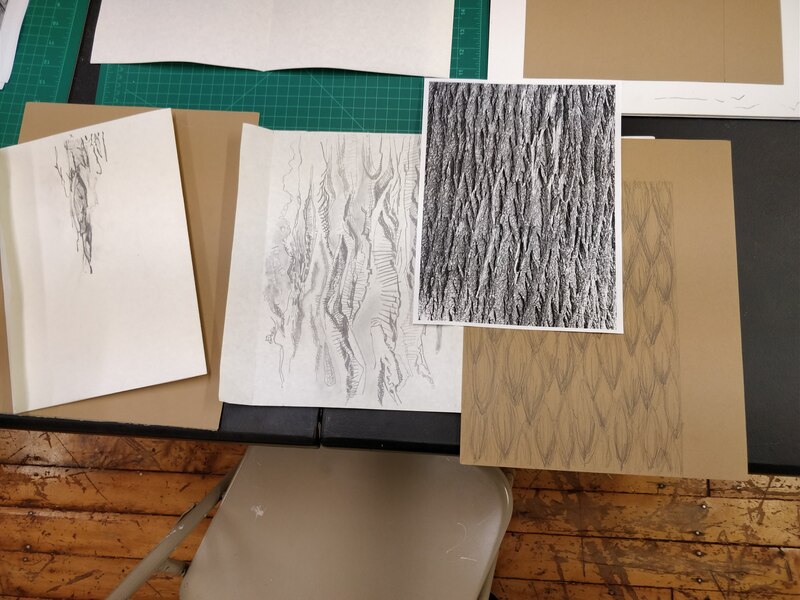
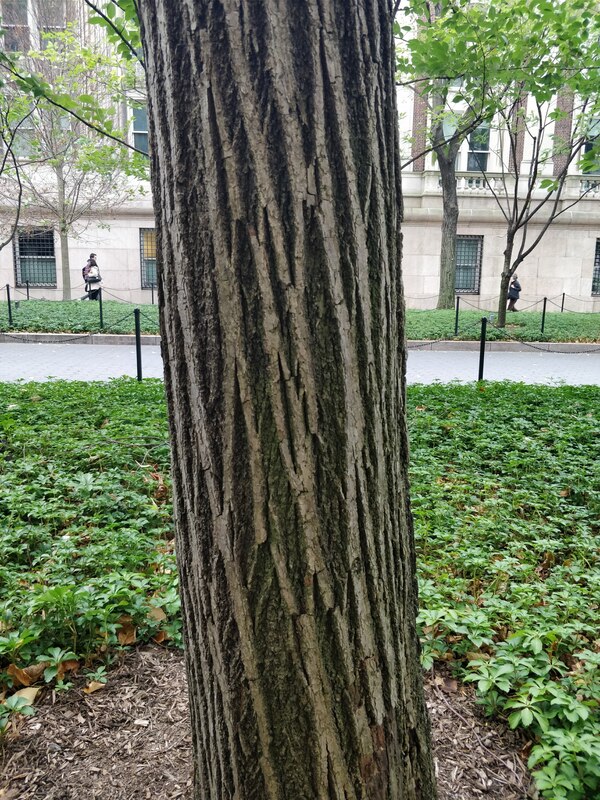

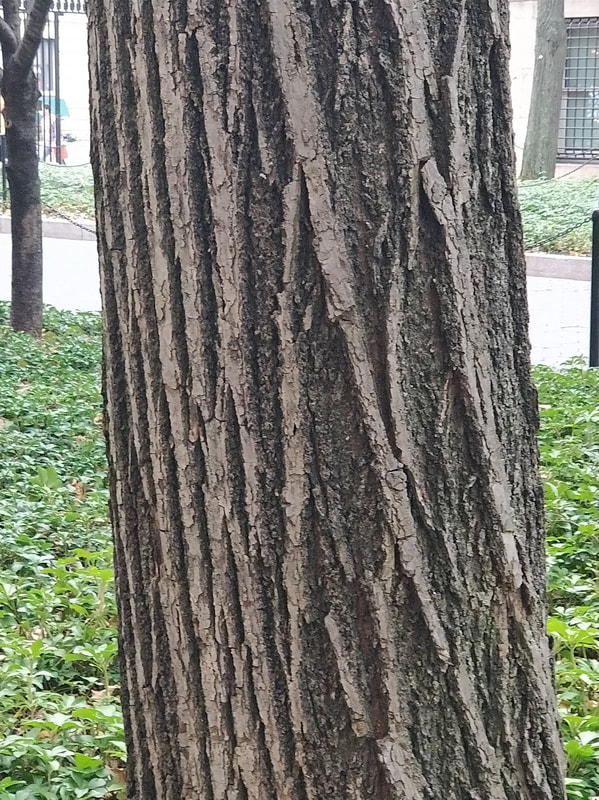
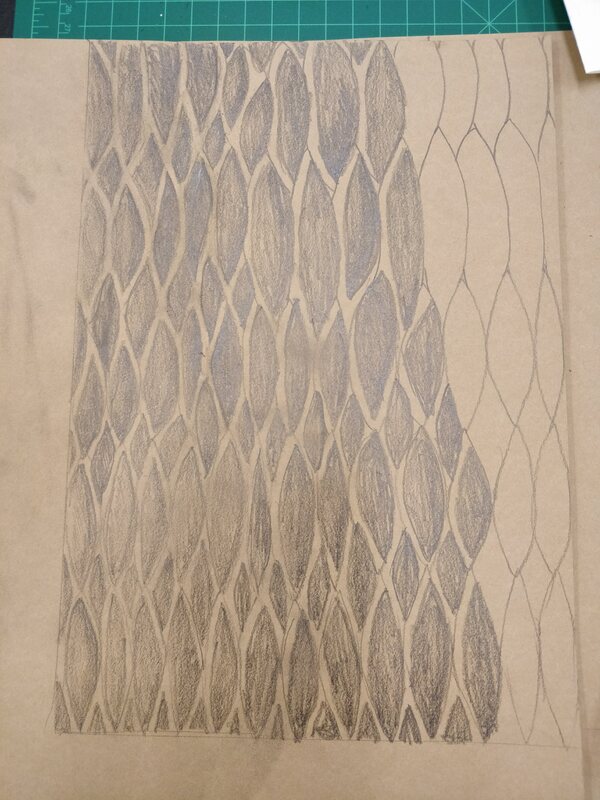






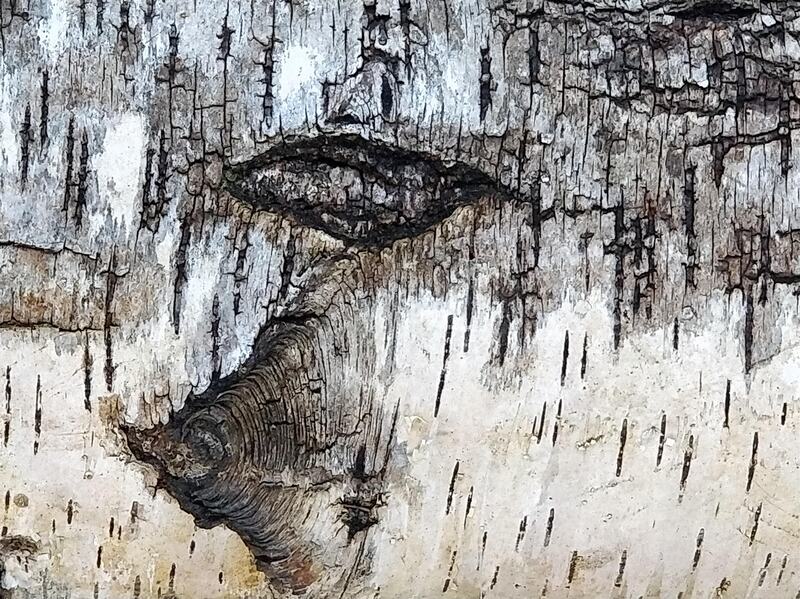

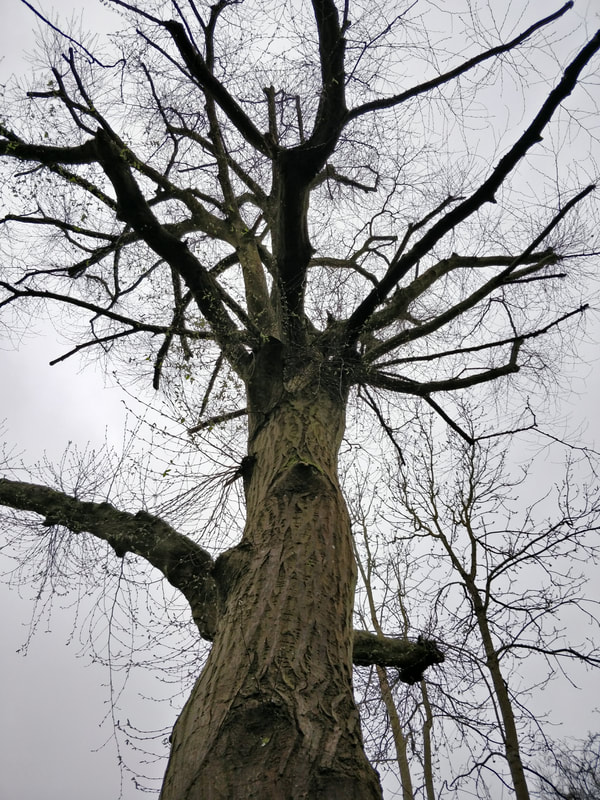

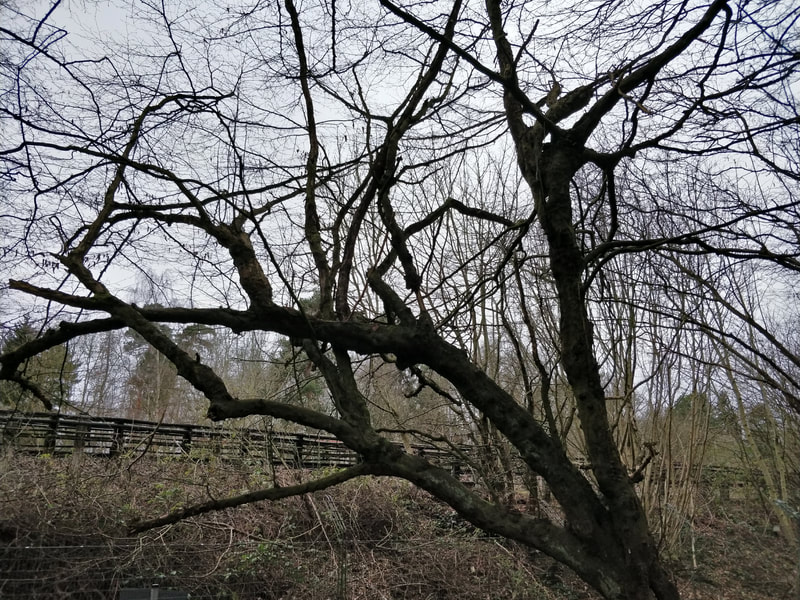

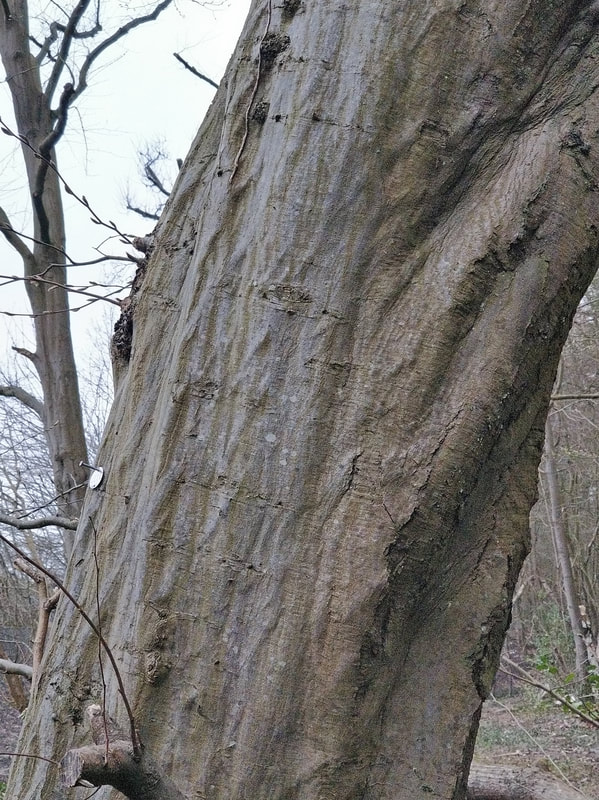


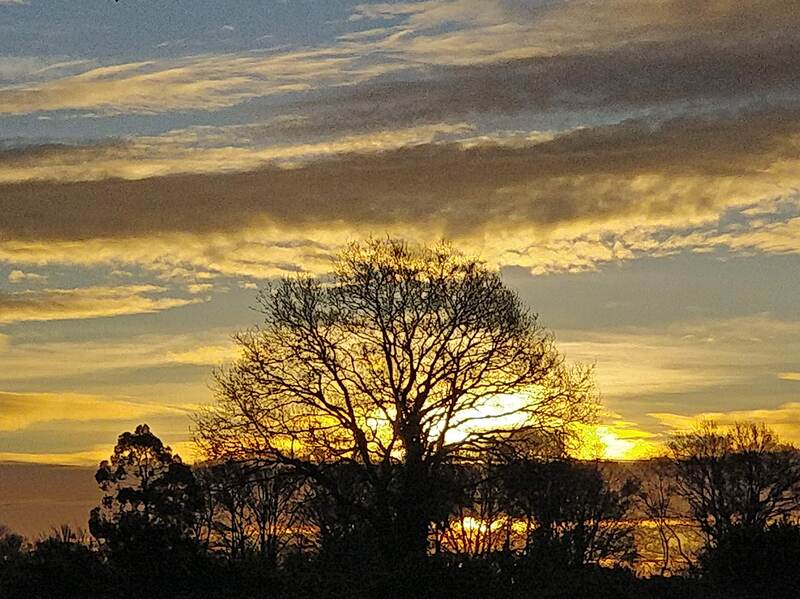

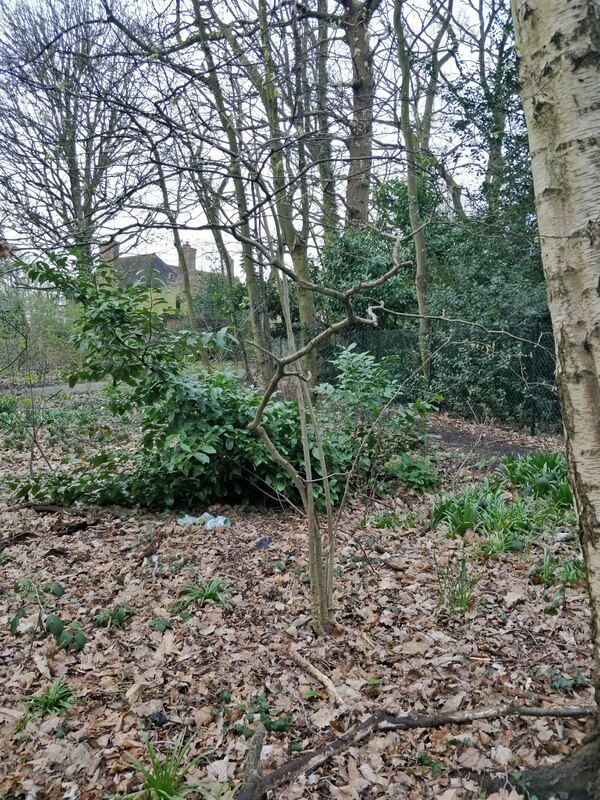
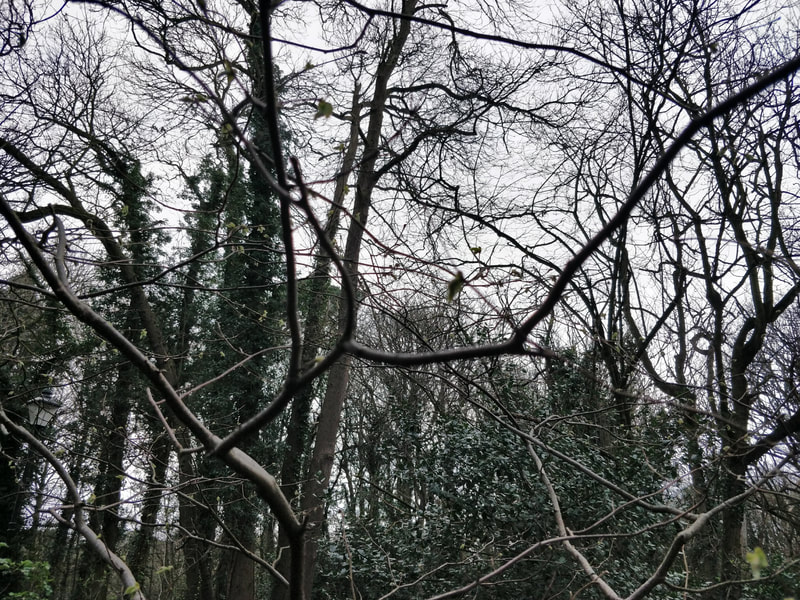
 RSS Feed
RSS Feed